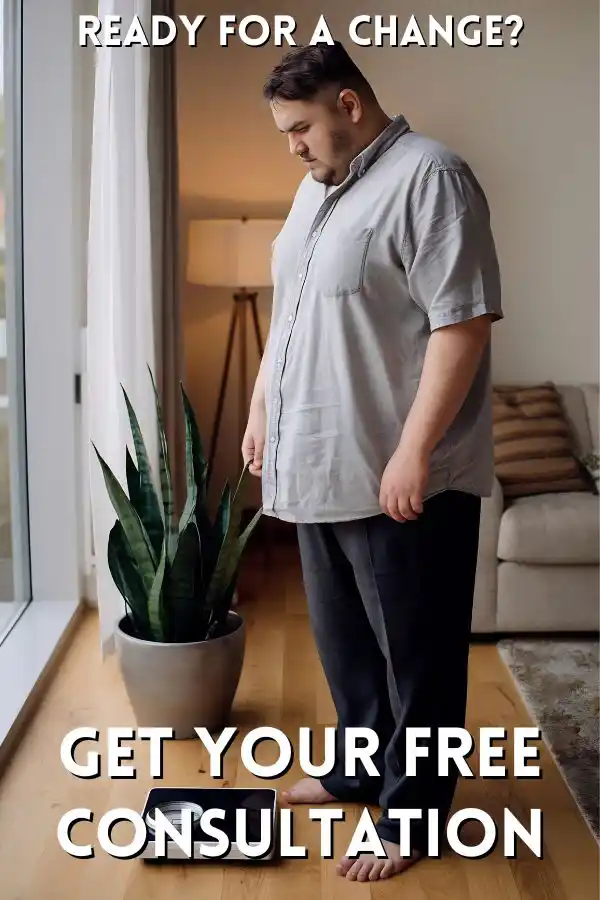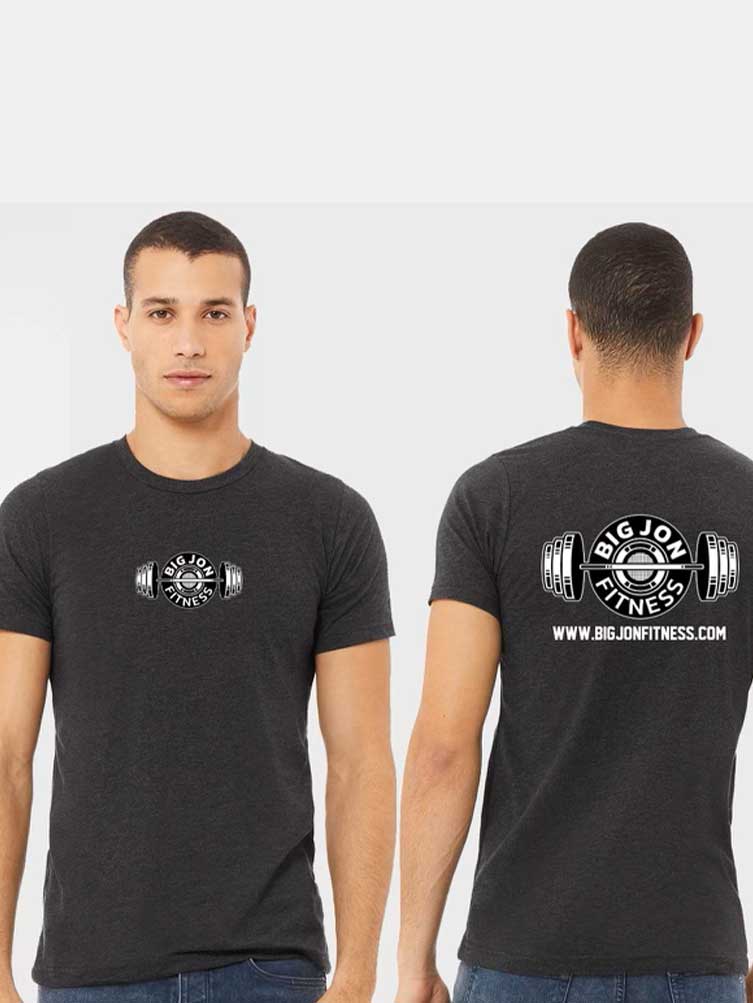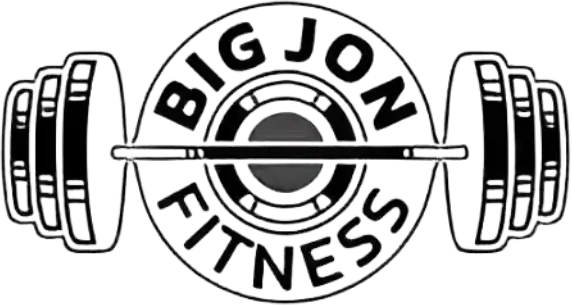Why is body image a construct?
Anyone reading this understands the societal influence on body image, but what exactly is that?
Psychology pioneers Carl Rogers and Abraham Maslow conceptualized the idea of self-concept influences on self-actualization. An individual’s self-concept is constructed through societal, parental, and other people’s influences that direct an individual’s behavior related to how they should or should not act or, in my field, how an individual’s body should look. In Maslow’s theory of self-actualization, the goal is to reduce the influence of the individual’s self-concept to self-actualize their full potential.
We can reflect on societal influences in relation to body image. Society has influenced our desire to look a certain way through mainstream marketing advertisements that were popular in magazines and T.V. commercials in the 80s and 90s, into the internet in the 2000s, and today through social media. Childhood experiences related to those closest to us, such as parents, school peers, coaches, etc., are influential in the development of our body image. Comments such as, “Are you sure you should eat that,” or by peers at schools, coaches for sports or dance instructors suggesting you need to be a certain weight or body type to be successful or perceived as popular, and the list can go on for many types of conversations that could indirectly or directly create an emotional response regarding how an individual would feel about their body image. Ideally, if an individual can break away from these influences that construct their self-concept, they can progress towards self-actualization.
In the past few years, I have talked about what I call “mirror image,” which is the image you see in the mirror when you look at yourself. We all have our perceptions of ourselves in relation to our past experiences that dictate who we see when we look at ourselves in the mirror, which is referred to as an allocentric perspective, also referred to as a third-person perspective. An allocentric perspective in which the individual views their body based on the influences of their environment (Bourbeau et al., 2025), self-concept, such as emotional responses regarding their body based on past experiences, societal standards, or marketing campaigns that give the individual an unrealistic expectation of how their body should look. Past experiences especially shape how we view our body image today. In the allocentric perspective, an individual who is currently underweight as an adult may see the visual representation of a past form of themselves, such as an overweight child who was bullied, which is from the third-person perspective (Portingale et al., 2024). The first-person, egocentric perspective is the perception of how the individual views their body through their own eyes based on their internal sensations and body awareness (Bourbeau et al., 2025), which is common in body dysmorphia. An example of body dysmorphia is for many bodybuilders; regardless of the amount of muscle mass they add to their frame, they never feel like they are big enough or see the same amount of muscle as others do. The opposite of this would be for an individual who thinks that they are never thin enough despite the reality that they are in great shape and at a healthy weight.
A mirror image could be both an egocentric or allocentric perspective. For this writing, I will focus on the allocentric perspective, when the individual looks at themselves in the mirror, seeing an image constructed by past experiences, societal influences, media marketing campaigns, or all three. In conversations with clients, oftentimes, this is the first time they have thought about this experience from this perspective. The first step to overcoming anything is awareness, which is challenging to create until we are aware of the situation.
What can you do if you struggle with seeing yourself similarly to how others do? One of the reasons I believe progress photos are essential to client progress is that too many times when I send a comparison to a client and give them some objective feedback on the improvements that I see, they respond by saying, I did not realize I changed that much, and now I can see changes. Everyone has heard the saying that we are all our own worst critics. There is a reason for this to be true. Using photo comparisons every 2-4 weeks and looking at the physique over a timeframe is a good way to help reconstruct the mental image of what we see in our physiques. Otherwise, someone could go through 6 months of an exercise or nutrition program and still not see an improvement in their physique, especially if the scale does not progress toward their expectations.
Mirror exposure is an approach that can help improve body image responses when looking at oneself in the mirror. A study by Gonzalez-Sanchez et al. (2024) used mirror exposure therapy in a group of obese women with a BMI over 30 and compared their body image perspectives to a control group of obese women who did not go through the therapy sessions. Both groups reported their body satisfaction, positive/negative thoughts, and discomfort levels when looking at themselves in the mirror before and after the three-week study. Those who went through the mirror therapy sessions twice a week for three weeks were asked to look at their whole body, both the areas they liked and disliked, without judgment and to observe and acknowledge their thoughts. If they had negative thoughts, they were asked to sit in those feelings, face their discomfort, and then journal and record their experiences during and after the sessions. After three weeks, those who went through the mirror imaging therapy significantly reduced body dissatisfaction, improved self-perception, and created more body-positive thoughts than the control group that did not participate in any body image therapies over the three weeks. We can stand in the mirror by ourselves and look at the areas we like and do not like about ourselves, and rather than try to avoid the areas that we do not like, instead sit with the feelings, regardless of how uncomfortable they are, and explore those feelings as to why they make us feel the way that we do, and over time, that may help reconstruct the image that we see when looking in the mirror.
How does this relate to self-concept and self-actualization? From the aforementioned study, a reduction in self-concept was likely seen in the group who went through the mirror therapy sessions. I would imagine that the participants who went through the experience of sitting in their negative thoughts or feelings about themselves and then explored those thoughts or feelings were reflecting on their allocentric perspectives related to past experiences, societal influences, and potential marketing campaigns influencing their body image and breaking down their self-concept. As their self-concept breaks down, they can gain some direction toward self-actualization by emotionally seeing their body for only themselves versus comparing it to outside influences, which helps them gain acceptance of their true physique.
My main goal for clients is to help them objectively see their true physique. Even my clients, who have the best physiques in the eyes of others, can also struggle with the same issues as those who are in awe of them. Clients who can reduce their self-concept and work towards their own self-actualization regarding their body image defines success to me as a physique coach, whether the goal is bodybuilding, weight loss, or just striving to get in their best shape. Self-growth is, ultimately, the best reward.
References
Bourbeau, F., Bouchard, S., Corno, G., & Monthuy-Blanc, J. (2025). The Role of Body Image Perception on a Continuum from Dysfunctional to Healthy Eating Attitudes and Behaviors Among People Seeking Treatment. Journal of Clinical Medicine, 14(2), 597.
González-Sánchez, C., Jiménez-Cabello, J., Rodríguez-Ruíz, S., & Mata-Martín, J. L. (2024, March). “I’m Not Only a Body”: Change in Thoughts about the Body after Mirror Exposure Treatment in Women with Obesity—An Exploratory Study. In Healthcare (Vol. 12, No. 6, p. 624). MDPI.
Portingale, J., Krug, I., Liu, H., Kiropoulos, L., & Butler, D. (2024). Your body, my experience: A systematic review of embodiment illusions as a function of and method to improve body image disturbance. Clinical Psychology: Science and Practice.












